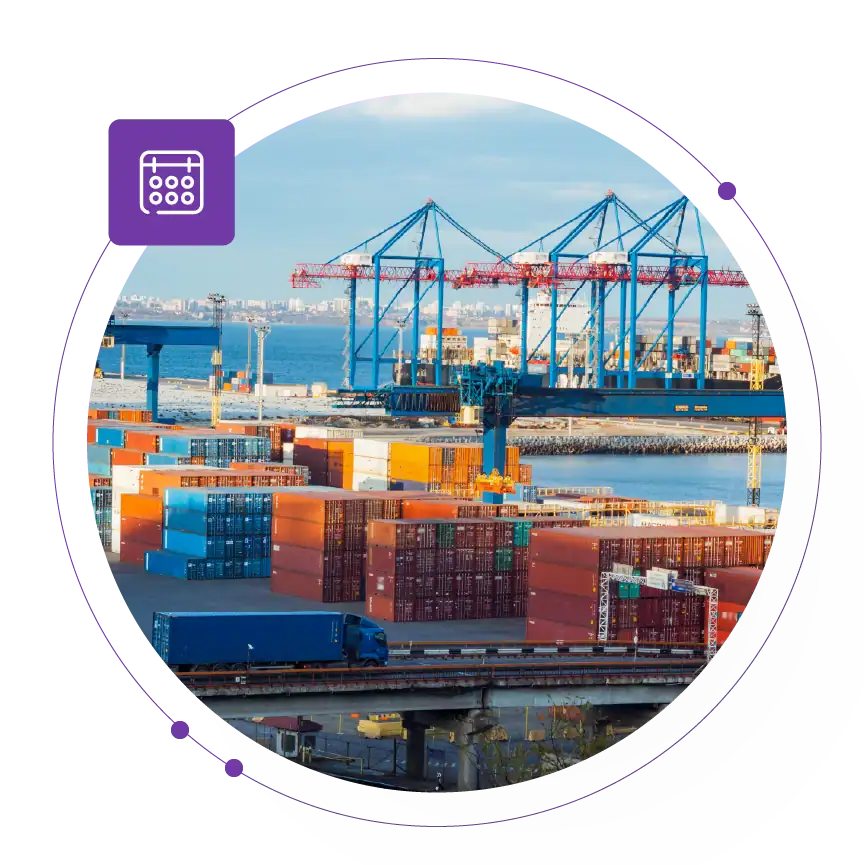A new era of global trade management – are you prepared?
For decades, tariffs worldwide have declined steadily since the Second World War. But that trend has reversed. Trade turbulence and tariff uncertainty are on the rise, and the threat of “Trump Tariffs” have all major U.S. trading partners on edge. Many have prepared retaliatory tariffs and threatened countermeasures. No one can say for sure how new tariffs may impact trade flows, economic growth, or inflation. All we can say is that we are entering a new era of trade relations with profound implications for global companies, and businesses can no longer afford to wait and react. The good news? There are concrete steps you can take to protect your bottom line.
How to stay ahead of tariff uncertainty
When it comes to driving through the bumpy road of tariff uncertainty and trade policies, the best approach is a proactive one. Rather than swerving half-hazard around potholes that could pop your tires, companies need a navigation system that can scout ahead. Here’s how businesses can build a more resilient and cost-effective supply chain:
Map your supply network
Know your suppliers beyond the first tier. Identifying sub-tier suppliers and alternative sources ensures supply chain resilience before trade disputes escalate.
Plan for multiple scenarios
Tariffs impact more than just duties. Factor in transportation costs, taxes, and fees to fully understand the true cost of sourcing from different locations.
Optimize your customs strategy
Preferential duty rates, free trade agreements, and special trade programs can offer huge savings—if managed correctly. Automating trade compliance processes can help you capture every opportunity.


